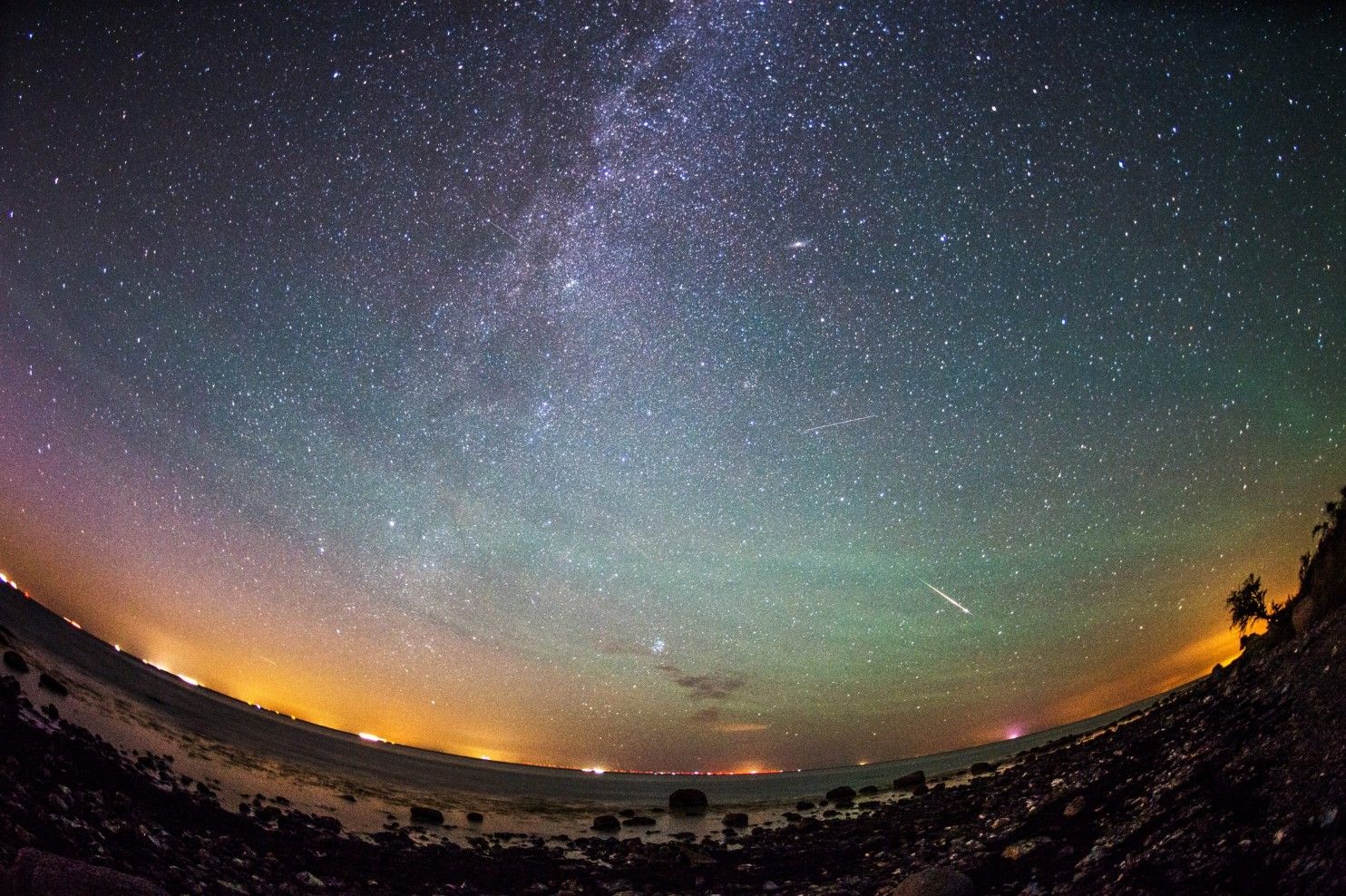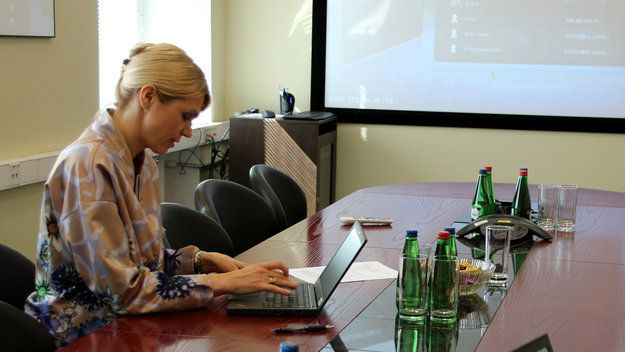Scientists beamed particles from a satellite to two locations on Earth 750 miles apart — and the particles were still mysteriously connected.



Sat 17 June…NASA rocket to blast colored clouds into space…similar to our 2017 SpaceApps Groups Idea : https://2017.spaceappschallenge.org/challenges/warning-dange…er/project
NASA is about to launch a rocket that will puff out highly visible clouds of red and blue-green vapor into space.
The rocket was supposed to launch on May 31, but bad weather and poor visibility pushed the mission back to Saturday, June 17, with a liftoff time between 9:05 p.m. and 9:20 p.m. EDT.
Chinese researchers report that they’ve set a new distance record for quantum teleportation through space, the phenomenon that Albert Einstein once scoffed at as “spooky action at a distance.”
The technology isn’t yet ready for prime time, but eventually it could open the way for a new type of unbreakable encryption scheme based on the weirdness of quantum physics.
What is CTA and how will it work? This video produced by CTA Consortium member Deutsches Elektronen-Synchrotron (DESY) explains how CTA will look at the sky in higher energy photons than ever measured before and give a behind the scenes look at the construction of a prototype of one of the proposed telescopes, the Medium-Size Telescope.
Credits: DESY/Milde Science Comm./Exozet

As part of of ESA’s 268th council on 13 June, Urve Palo, Minister of Entrepreneurship and Information Technology of the Republic of Estonia, and Jan Woerner, ESA Director General, digitally signed a Memorandum of Understanding on Information and Communications Technology collaboration. It is the first digital signature performed at ESA.
“I am happy to see that the digital signature has found its way to the European Space Agency,” noted Ms Palo. “I and every other Estonian use it on a daily basis, saving up to five working days per year by this solution.”
“Estonia is proud to share its experience in digital management and e-governance with ESA and to contribute with this strength to the evolution of the European Space 4.0 endeavour. The next step would be to take e-state solutions to space and be part of the development of the Moon Village.”
Juergen Schmidhuber is the father of Deep learning Artificial Intelligence.
Since age 15 or so, the main goal of professor Jürgen Schmidhuber has been to build a self-improving Artificial Intelligence (AI) smarter than himself, then retire. His lab’s Deep Learning Neural Networks (NNs) (since 1991) and Long Short-Term Memory have transformed machine learning and AI, Deep Learning since 1991 – Winning Contests in Pattern Recognition and Sequence Learning Through Fast and Deep / Recurrent Neural Networks and are now (2017) available to billions of users through the world’s most valuable public companies including Google, Apple, Microsoft, Amazon, etc. In 2011, his team was the first to win official computer vision contests through deep NNs, with superhuman performance. His research group also established the field of mathematically rigorous universal AI and recursive self-improvement in universal problem solvers that learn to learn (since 1987).
He predicts trillions of AI in the 2050s will mine and develop the asteroids.


NASA has revealed plans to grow bioprinted cancer cells in space in a bid to advance cancer research.
Utilizing the microgravity environment, NASA hopes to the cell structures will grow in a more natural spherical shape. Since, back on earth in vitro the cells have only able been able to grow in two-dimensional layers. However to harness the cells without the presence of gravity, NASA is hoping to employ magnets.
Project Dragonfly is a feasibility study for a space mission to another star. It is conducted by the Initiative for Interstellar Studies I4IS. The goal is to send a robotic spacecraft to another star, in order to explore exoplanets, other star systems, the interstellar medium and discover potential life.